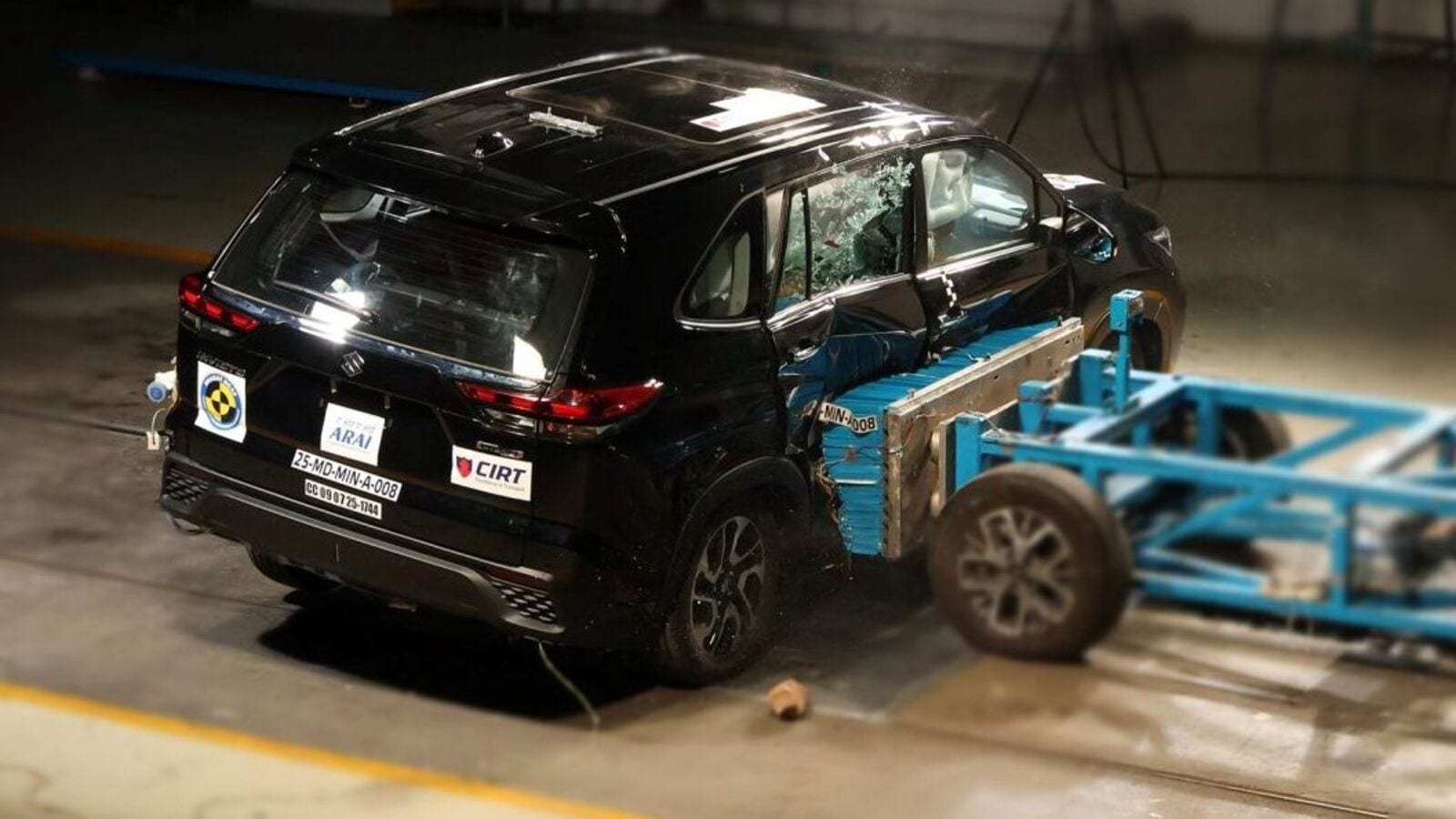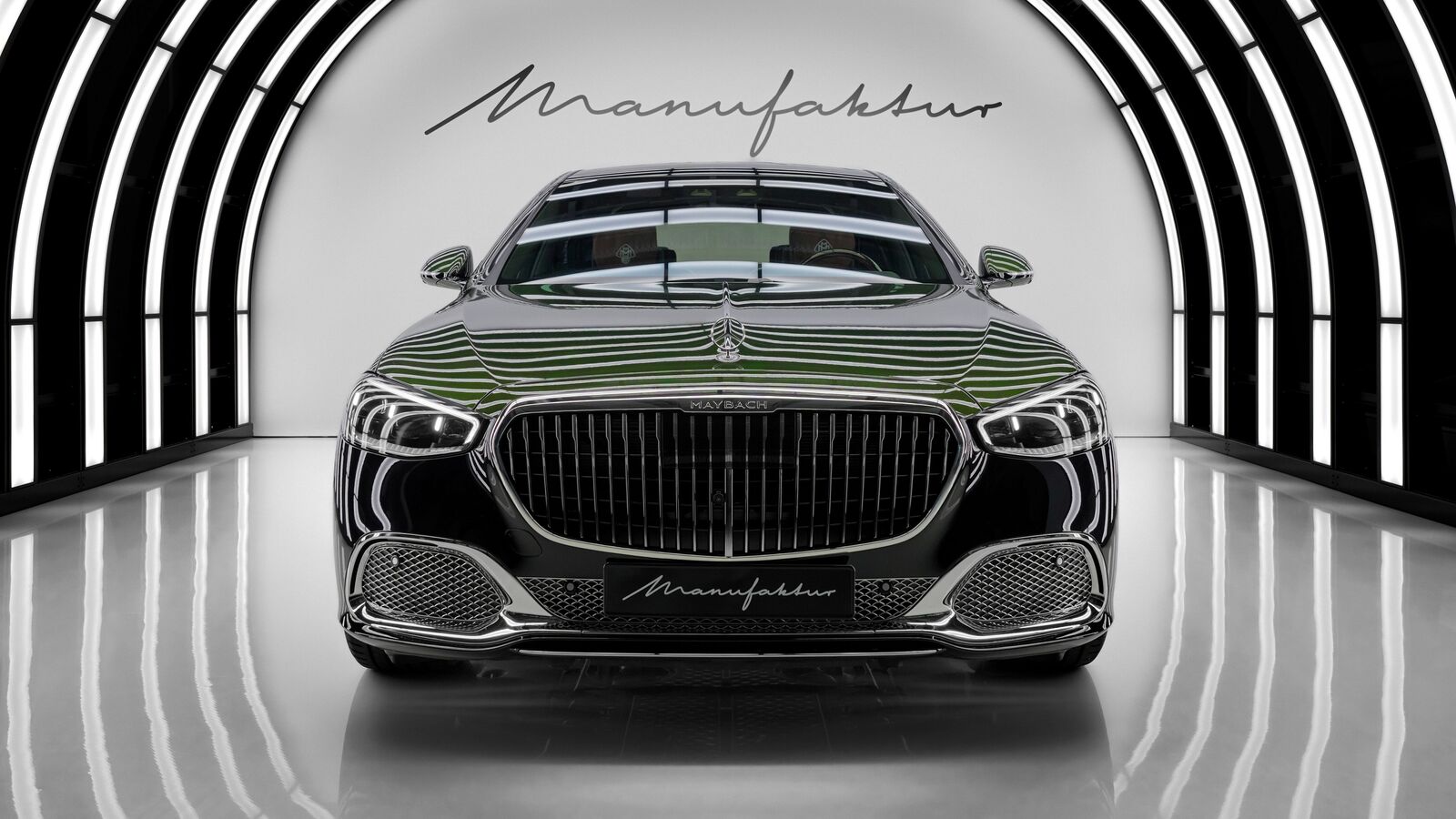15 July 2025

Have forecasts for European light-vehicle sales retained their marginal growth amid economic and political uncertainty? Neil King, head of forecasting at EV Volumes, reviews the latest data with Autovista24 journalist Tom Hooker.
EV Volumes forecasts that Western and Central European light-vehicle sales, made up of passenger cars and light-commercial vehicles (LCVs), will decline by 0.3% year-on-year in 2025.
This is a change from the March 2025 outlook, which projected a 0.7% growth. It is also below the 1.7% increase recorded in 2024, and significantly behind the 14% registrations growth in 2023.
A total of 14.91 million new light vehicles are expected to hit the road this year, a drop of around 148,800 units from the March forecast. Moreover, this figure is still well below the 18.04 million light vehicles registered in 2019, before the COVID-19 pandemic and supply-chain crisis.
EV Volumes does not expect the European market to return to that volume level within the current forecast period, which stretches to 2040. A 1.9% growth in European light-vehicle sales is projected in 2026, down from the March projection of a 2.1% increase. This improvement depends on a complex mix of regulatory and economic factors.
Current European uncertainty
There is uncertainty surrounding the impact of changing goods tariffs, developments relating to the war in Ukraine, and increasing tensions in the Middle East. Furthermore, EV Volumes assumes that a rising risk of rising inflation, oil prices, and energy costs will lead to weaker private consumption across the region.
Additionally, the OECD’s June 2025 economic outlook predicts that GDP in the Euro area will grow by only 1% in 2025. Due to weaker goods exports to the US and a struggling services sector, registrations of LCVs are already being affected by trade frictions and tariffs. Passenger car sales are expected to follow suit.
Meeting the lower CO2 emissions targets and circularity requirements mandated by the European Commission will also necessitate a major increase in electric vehicle (EV) sales.
This could trigger a price war, supported by lower lithium costs. Carmakers may also restrict the supply of internal combustion engine (ICE) vehicles to avoid costly emissions fines.
Ultimately, the outcome will depend on how OEMs balance short-term profit with long-term compliance and market shifts. Considering these developments, has the European EV outlook changed?
European EV sales growth
European EV sales of light vehicles are forecasted to grow by 23.1% year-on-year in 2025 to 3.77 million units. This is up from the 3.53 million sales and 15.1% volume increase projected in March. It also marks a turnaround from the market’s 2.4% decline in 2024.
EVs are expected to represent 25.3% of total European light-vehicle sales this year, a positive revision from the 23.4% share forecast in March. Furthermore, it is a notable improvement from the 20.5% EV market hold in 2024 and the 21.3% share in 2023.
Driven by new model launches, lower prices, and emissions targets, EV Volumes forecasts that EVs will reach a 29.2% share of European light-vehicle sales in 2026. This is significantly higher than the 26.4% market hold predicted in March.
In 2027, the EV share is expected to rise to 35.4%. Again, this is up from the previous forecast’s projected share of 33.3%.
Battery-electric vehicle (BEV) volumes are forecast to grow by 20.9% year-on-year in 2025, accounting for 67.4% of the 2025 EV mix. Meanwhile, plug-in hybrid vehicle (PHEV) sales are expected to increase by 27.8%.
Looking further forward, EVs are expected to capture 62.9% of European light-vehicle sales in 2030, up from the March forecast of a 60.5% share. This market hold is predicted to increase to 93.5% in 2035, up from 93.1% in the previous outlook. In 2040, EVs are projected to account for 99.4% of the total European market.
The forecast for 2035 and beyond includes some tolerance for timing interpretations of the ICE new-car sales ban and allows for exemptions for vehicles that may be deemed unsuitable for full electrification.
Regulations affecting European EVs
In March 2025, the European Commission unveiled the Industrial Action Plan for the European Automotive Sector. It proposed measures to support the industry’s competitiveness and transition to zero-emission mobility.
One of these was the relaxation of the 2025 CO2 emissions targets for cars and vans, which was officially approved in May 2025. More specifically, the compliance period has been extended from one to three years, providing manufacturers with greater flexibility to avoid fines.
However, some measures were not included in the Action Plan, such as the discussion surrounding the potential exclusion of PHEVs from the 2035 new-car ICE ban.
Consequently, EV Volumes’ forecast for BEV adoption anticipates moderate share growth in 2025 and 2026.
Then, a more significant increase is expected in 2027, as manufacturers strive to meet the average CO2 emissions targets of 93.6 g/km for cars and 153.9 g/km for LCVs over the three-year period.
To meet these targets, EV Volumes calculated that the BEV share of EU light vehicles needs to average at least 20% between 2025 and 2027. This means a 20.5% share is required for passenger cars and an 18% market hold is needed for LCVs.
Yet OEMs are not forecast to achieve this 20% average for all light vehicles by 2027 without additional EU-wide stimulus. This is mainly due to slower LCV electrification. Instead, EV Volumes anticipates that the targets will be met over the 2025 to 2028 period.
This forecast could be revised if further exemptions and lower targets are put in place. New EU-wide or national incentives could also alter EV share projections.
Incentives altering European projections?
An example of these incentives can be found in Italy, where €597 million in funding for a scrappage scheme has been announced, as reported by Il Sore 24 Ore.
Meanwhile, Germany is considering the reintroduction of BEV incentives in 2025, after subsidies stopped at the end of 2023. However, the implementation of new funding may be delayed due to economic conditions.
Furthermore, more affordable BEVs are expected to enter Europe. Leading Chinese OEMs like BYD are also planning to expand in the region.
On the other hand, PHEV registrations are exceeding expectations. This was the major factor in June’s upward revision for 2025 EV sales. The additional volume is driven by the eased CO2 targets, expanded PHEV offerings from both European and Chinese players, and delayed launches of low-cost BEVs.
Additionally, the UK’s ban on new petrol and diesel models from 2030 still allows all hybrid types to be sold until 2035.
The country’s government has also announced the return of EV incentives from 16 July. The scheme will reduce the cost of some new EVs by up to £3,750 under grants. This signals a change in policy for the UK and will impact future forecasts.
Varied European country outlooks
The current EV Volumes outlook sees the UK registering 702,911 EVs in 2025, a sharp increase of just over 131,000 units compared to its 2024 total. The powertrain grouping is expected to take a 39.6% market share in 2025, up from 32.5% in the previous year.
Italy will hope its new incentives can help to boost EV adoption, which has been sluggish compared to other major light-vehicle markets. EVs are forecast to represent 11.6% of the market in 2025, up from 8.7% in 2024. Sales are projected to increase by just over 44,000 units to 166,104 registrations.
An effective implementation of subsidies can be seen in Spain, which has helped BEV and PHEV volumes to soar. The reintroduction of the incentive scheme includes grants, tax breaks, and support for charging.
In 2025, the country is projected to see a year-on-year gain of over 80,000 units to 201,801 EV registrations. The EV share is expected to rise from 13.6% in 2024 to 21.9% this year.
Even without incentives, EV sales in Germany are on track to bounce back to 2022 levels. The powertrain grouping is forecast to record 829,398 sales in 2025, an increase of over 246,000 units compared to last year. EVs are expected to account for 30.2% of the total light-vehicle market, up from 21.4%.
On the other hand, France is currently suffering a decline in EV volumes. This is reflected in the current outlook, which sees it dropping nearly 5,600 sales year on year to 456,953 units. However, this is largely due to the wider light-vehicle market declining as the EV share is predicted to grow to 32.3% from 31.4% in 2024.
LCV EV uptake lags
LCVs still lag in EV uptake. A registrations growth of 43.7% growth in 2023 was promising, especially compared to a 16.2% improvement for passenger cars. However, both the volume and share of electric LCVs declined more than passenger cars in 2024.
High costs relative to diesel models and limited driving range hindered adoption. Nonetheless, new models, such as the Ford Transit, Renault Trafic, VW Transporter and updated Stellantis electric vans, are expected to drive demand.
EV Volumes forecasts that the EV share of LCVs will rise from 5.4% in 2024 to 10% in 2025. Its market hold is projected to increase to 13.5% in 2026 and reach 52.1% by 2030.
While the new-car ICE ban will accelerate the shift to electric, EV Volumes anticipates a 92.3% EV share for LCVs in 2035, compared to 93.7% for passenger cars. This is expected to rise to 99.1% in 2040.
The role of e-fuels and other CO2-neutral ICE technologies is expected to remain limited, depending largely on national tax policies. EV Volumes also expects the deployment of hydrogen fuel-cell vehicles to be limited in light commercial vehicles, with their share peaking at just 0.01%.





